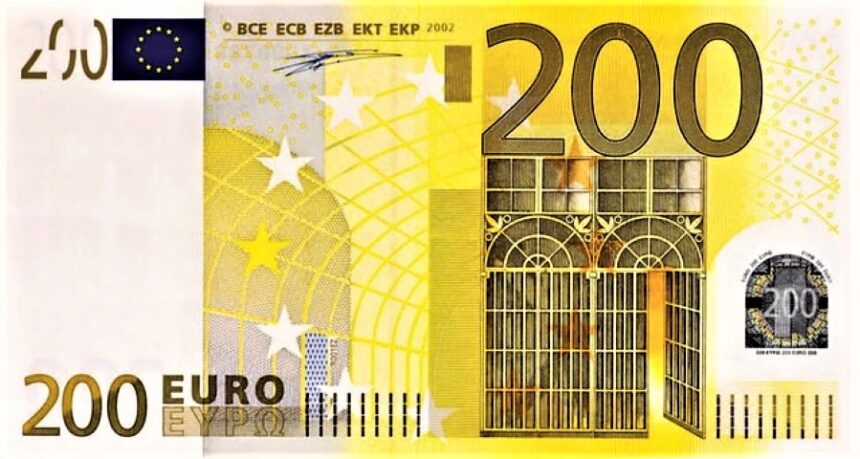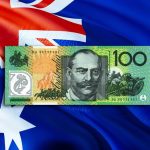EURUSD jumps to 1.0880 as the US dollar falls more.
The EURUSD reached a new weekly high of 1.0880 in Tuesday’s European session. The major currency pair strengthens amid a weak US dollar (USD) and growing uncertainty about the pace at which the European Central Bank (ECB) would lower key borrowing rates following its June meeting.
The US dollar falls despite expectations that the Fed will return to policy normalization in the fourth quarter of the year.
The US Dollar Index (DXY), which tracks the value of the US dollar. Against six major currencies, falls further to 104.40. The US Dollar is facing the heat. Investors’ expectations for the Federal Reserve (Fed) to lower interest rates. Following the September meeting have diminished dramatically. According to the CME FedWatch tool. The probability of the Fed keeping its present policy framework in September has grown to 50%, up from about 35% a week ago.
The robust US economic forecast and authorities’ hawkish stance on interest rates have driven traders to reduce rate bets. This week, market speculation about Fed rate cuts will be influenced by the core Personal Consumption Expenditure price index (PCE) data for April, which will be released on Friday. The core PCE inflation data, the Fed’s preferred inflation metric, is expected to have remained stable on a monthly and annual basis.
Daily Market Movers: EURUSD Capitalizes on Soft US dollar.
The EURUSD continues its winning streak to the third trading day on Tuesday. The shared currency pair rises to 1.0880 as the European Central Bank’s discussion over the course of rate cuts intensifies. The ECB is expected to lower interest rates at its monetary policy meeting on June 6. Which comes as no surprise. As a result, markets speculate about how far and how quickly the ECB will loosen monetary policy beyond June.
ECB policymakers refuse to commit to any predetermined rate-cut path, preferring to remain data-dependent.
Investors now expect the ECB to cut key borrowing costs once more after June.
Meanwhile, market speculation for ECB rate reduction for the full year has also been impacted because a few policymakers have warned that the adoption of an aggressive policy Easing might reignite price pressures. Investors now expect the ECB to cut key borrowing costs once more after June. Investors expected three rate cuts in 2024 a week ago, compared to six at the beginning of the year.
In an interview with German daily Boersen Zeitung on Monday. ECB policymaker and French central bank Governor François Villeroy de Galhau stated. That the June rate cut is a done agreement, with negotiations focusing on how far and quickly interest rates will be reduced. Villeroy rejected recommendations of one rate decrease every quarter, saying. “I don’t say that we should commit already in July. But let us keep our freedom on the timing and pace.”
ECB Chief Economist Philip Lane stated in a lecture in Dublin.
On the The same day, ECB Chief Economist Philip Lane stated in a lecture in Dublin that the speed of interest rate cuts will be determined by the strength of underlying inflation demand, according to Reuters. The absence of upward surprises in inflation and demand will allow the ECB to pursue an aggressive rate-cutting strategy, but upside risks to inflation and demand will force the ECB to gradually reduce interest rates.
The Eurozone’s preliminary inflation figures for May, which will be published on Friday, will be the key trigger for price action in the Euro this week. The inflation figures will provide new clues about whether the ECB will extend the rate-cutting period until July. However, before that, investors will focus on the preliminary May inflation reading. Germany, which will be available on Wednesday. Monthly headline and harmonized inflation are predicted to climb at a lesser rate of 0.2%. The annual headline inflation rate is expected to have risen to 2.7% from 2.4% in April.








